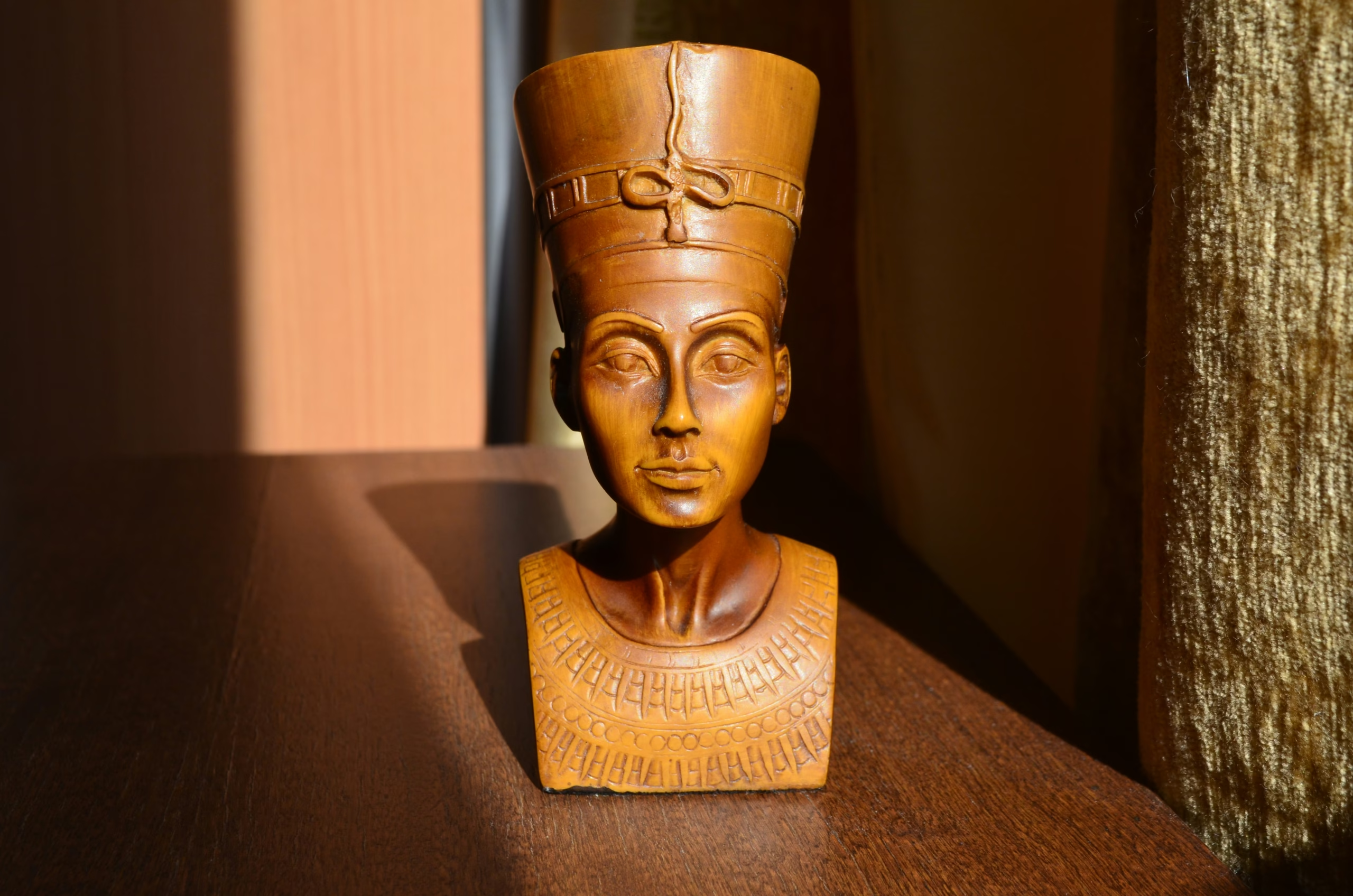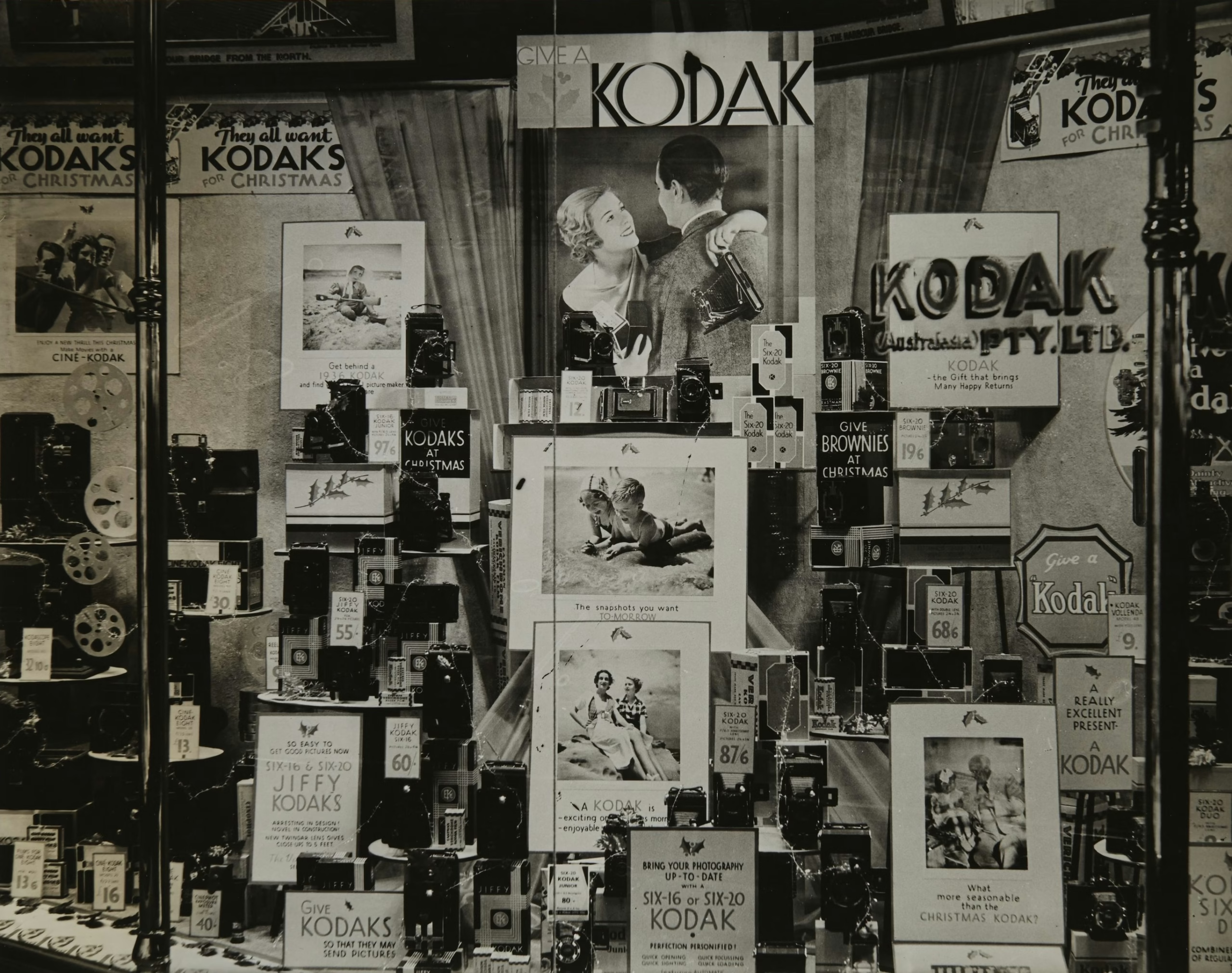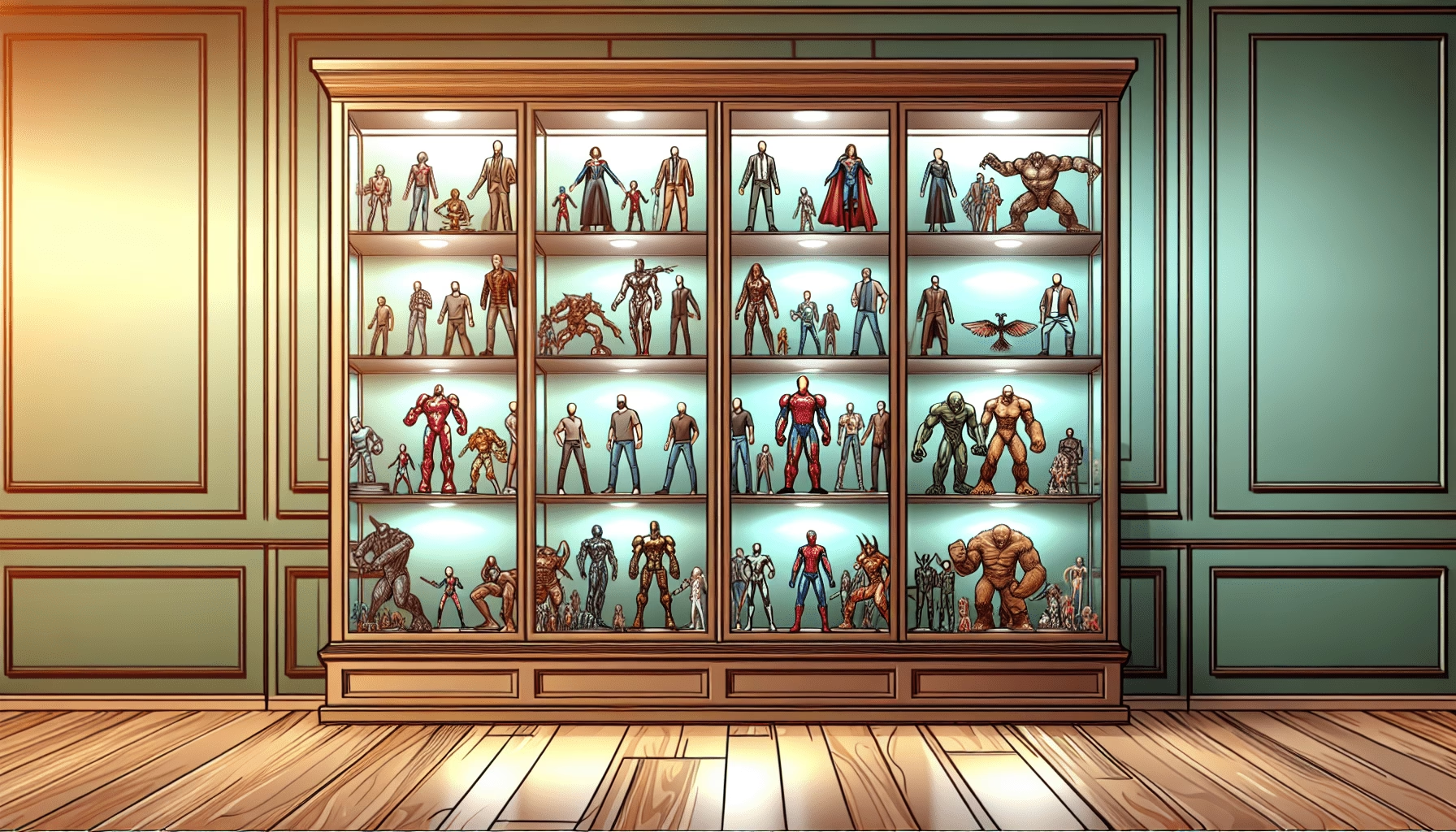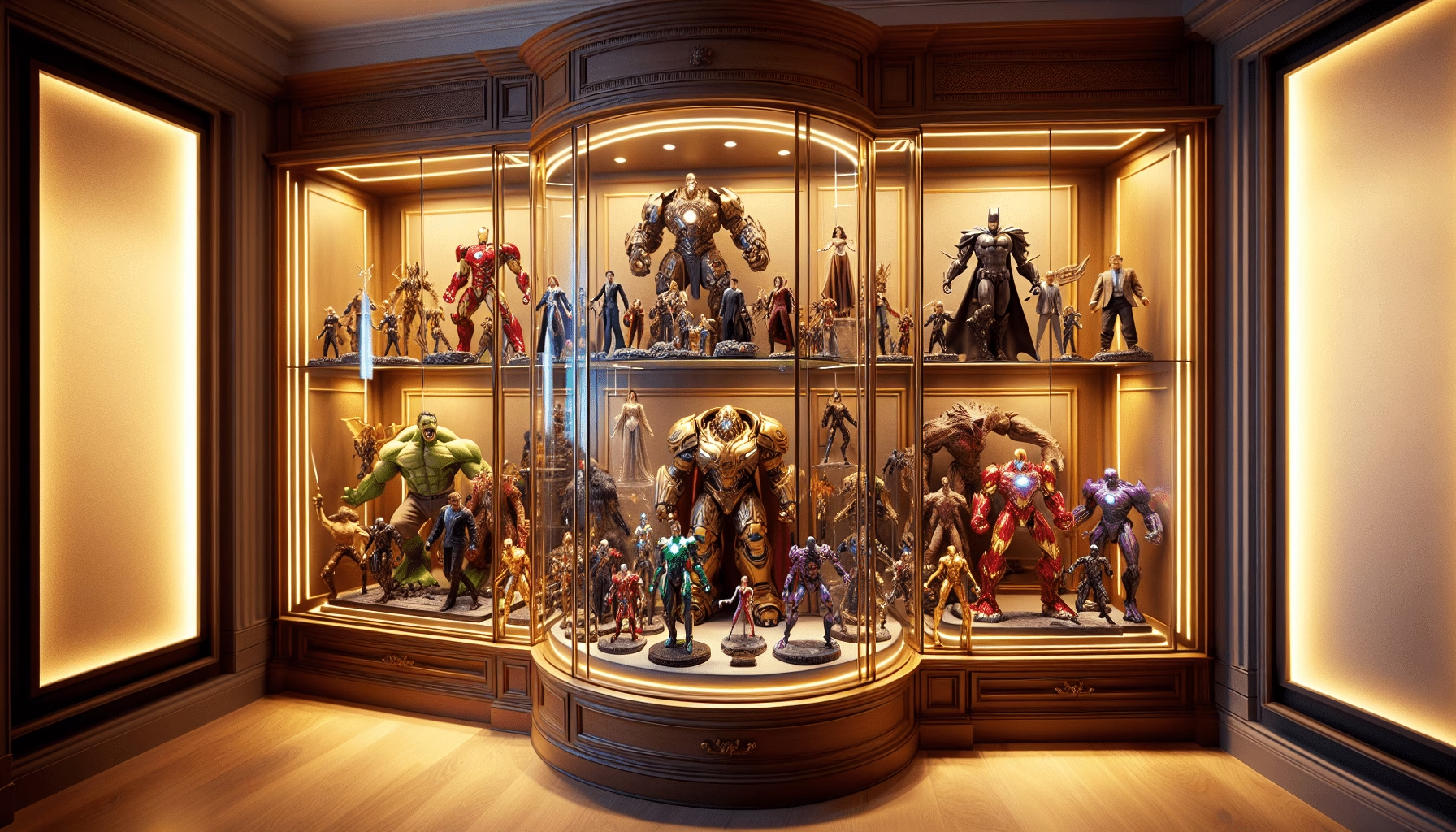Display Tips and Tricks for Figure Collectors: Have you ever wondered how to create that perfect, eye-catching display for your meticulously curated collection of figures? Whether you’re a seasoned collector or new to the world of figure collecting, the way you display your prized possessions can make all the difference in showcasing their beauty and uniqueness. This article will walk you through the essential tips and tricks that can elevate your figure display game to a professional level. Our journey will explore everything from optimal lighting techniques to strategic shelving solutions that reflect both your personal style and the value of your collection.

Table of Contents
Understanding the Importance of Display
When it comes to figure collecting, the display is more than just an afterthought—it’s an integral part of the hobby. A well-thought-out display can highlight the intricacies and details of each piece, protect them from potential damage, and declare your passion to anyone who enters your space. It’s all about providing your audience—or yourself—the most enjoyable viewing experience possible.
Why Display Matters
The significance of an exquisite display extends beyond aesthetics. Proper displays can prevent figures from gathering dust, being exposed to direct sunlight (which can cause fading), or being accidentally knocked over. Moreover, a display setup can influence the atmosphere of a room, turning it from a mundane living area into a personal gallery.
Envisioning Your Perfect Display
Before diving into the specifics, take a moment to visualize your ideal figure display. Consider the locations in your home, your collection size, and your personal aesthetic preferences. A clear vision will guide your choices in shelving, lighting, and arrangement.
Choosing the Right Location
The location of your display can greatly affect how it is perceived and how well it preserves your figures. This decision should balance visibility, accessibility, and environmental protection.
Evaluating Your Space
When selecting the spot for your display, take into account:
- Natural Light: Avoid places with direct sunlight to prevent discoloration.
- Foot Traffic: Position your display in areas with controlled traffic to minimize the risk of accidental damage.
- Humidity and Temperature: Choose a stable environment to avoid warping or wear.
Optimal Display Areas
Some popular areas include living rooms, personal office spaces, or dedicated collector rooms. Each has its merits and drawbacks. Living rooms offer accessibility and a chance to share your passion with guests, whereas personal spaces allow for a more controlled environment.

Deciding on Shelving
Shelving serves as the backbone of your display, providing both structure and style to how your figures are presented.
Types of Shelving
There are various shelving options to consider that can influence both form and function:
- Standard Shelves: Simple and straightforward, they provide a clear view of figures and are often adjustable.
- Display Cabinets: Enclosed options like glass cabinets protect from dust and are lockable, adding security for valuable pieces.
- Floating Shelves: Offer a modern aesthetic and are ideal for showcasing specific, standout figures.
Material Considerations
Choose materials that will complement your décor while providing sturdy support:
- Glass: Slick and modern but requires regular cleaning to maintain transparency.
- Wood: Offers warmth and can support heavier collections.
- Metal: Durable and industrial in appearance, suitable for more eclectic setups.
Arrangement Techniques
Once you’ve selected your shelves, think about arrangement techniques:
- Themed Groupings: Arrange figures by series, character type, or color palette for thematic coherence.
- Hierarchical Display: Use varying heights to create layers, allowing each figure to be seen clearly.
- Symmetry vs. Asymmetry: Consider balanced arrangements for a classic look, or asymmetrical for a more dynamic presentation.
Lighting Your Display
Proper lighting accentuates the details of your figures and adds depth to your display.
Types of Lighting
Consider your options carefully as different types serve various purposes:
- Spotlights: Highlight specific figures or areas, drawing attention to details.
- LED Strips: Evenly distributed along shelves; they offer consistent illumination and come in various colors.
- Ambient Lighting: Set the overall mood and ambiance of the area while enhancing the atmosphere of the collection.
Lighting Positioning
Strategically place lighting to minimize shadows and glair. Top-down lighting showcases detailed top features, while below or behind lighting can create an ethereal glow effect.
Colour Temperature
Opt for cool white lighting, which makes colors pop and details stand out more vividly than warmer temperatures which may make figures appear discolored.

Enhancing with Visual Tools
Besides standard shelving and lighting, consider additional tools to improve your display.
Utilizing Risers and Stands
- Risers: Different heights will help in stacking figures, providing visual interest.
- Stands: Particularly useful for figures that do not stand independently, ensuring they remain stable.
Backgrounds and Backdrops
Create depth using backgrounds that either complement or contrast with your figures. Consider minimalistic backgrounds that highlight your figures or themed backdrops that enhance them.
Maintenance and Preservation
Keeping your collection in pristine condition is paramount, and proper maintenance routines will ensure longevity.
Regular Cleaning
Dust and grime are inevitable, so establish a regular cleaning routine.
- Cleaning Cloths: Use microfiber cloths to gently dust off your figures.
- Compressed Air: Use cans to blow dust out from crevices in your figures.
Temperature and Light
Regularly check the exposure of your figures to temperature fluctuations and light to prevent degradation over time.

Case Studies and Success Stories
Learning from others can be a valuable way to gather insights and inspiration.
Enthusiast Showcases
Consider virtual tours of expert collectors who have perfected their displays, learning from their arrangement tricks, lighting setups, and maintenance tips.
Professional Arrangements
Some collectors hire professionals to design their display areas. Explore these high-end, curated environments for innovative ideas that might work for you.
Display Mistakes to Avoid
Awareness of common pitfalls enables better decision-making:
- Overcrowding: Resist the urge to display too many figures, as it can detract from individual pieces.
- Poor Lighting Choices: Avoid harsh lighting that washes out colors or too dim lighting that hides details.
- Unbalanced Displays: Ensure your shelving and figures are balanced and secure to prevent tipping or falling.

Conclusion
Ultimately, the quality of your figure display will reflect both your personality and the significance of your collection. It’s a dynamic process that evolves as your collection grows or as your tastes change. Remember, there is no single “right” way to display your figures. It’s a creative expression that should deliver both personal satisfaction and a sense of joy each time you see it. May these tips and tricks guide you toward the setup your collection deserves, showcasing every intricate detail and storyline.
By following these practical suggestions, you can create a display that celebrates your passion for collecting figures and ensures each piece is shown in its best light. Whether you’re showcasing a beloved character, a rare find, or a centerpiece of your room, there’s an art to display that, when done right, transforms your collection into a dazzling exhibit of its own.

